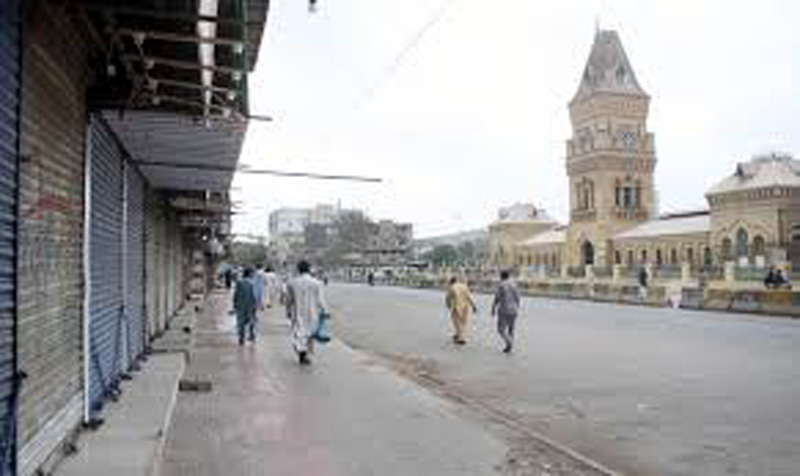
Presided over by Chief Minister Syed Murad Ali Shah, the Sindh Task Force on COVID-19 heard experts and officials and discussed various ways to slow down the spread of the coronavirus in the province.
The meeting decided to promote the use of masks through advocacy, ensure free availability of masks, use a “carrot and stick” policy in this regard, and put in place targeted lockdowns in areas where the transmission of the virus was very high.
On the question of the lockdown, the meeting observed that Sindh could not decide against the “national discourse”, so it was important to take decisions to slow down the spread of the coronavirus among the people, and in this regard, preventive measures and advocacy should be used to convince the people to use masks, follow social distancing.
The chief minister said they had decided to convert 8,672 isolation beds into HDU beds in more than two phases, while more ventilators would be bought to enhance the ICUs capacity in the province. At present, the provincial government has 503 ICU beds with ventilators and 1,810 HDU beds.
Shah said his government had tested 300,247 samples till June 3, and of them, 62,476 had tested positive for COVID-19, while during the corresponding period Punjab conducted 286,049 tests and detected 54,057 cases, KP tested 93,377 samples and detected 17,479 cases, Islamabad conducted 90,557 tests and detected 10,703 cases, Gilgit-Baltistan conducted 5,100 tests and detected 825 cases, Balochistan conducted 26,008 tests and detected 6,324 cases, and AJK did 10,351 tests and found 959 positive cases.
“This shows that the Sindh government has performed a lot better in the area of testing as compared to other provinces and the Islamabad Capital Territory (ICT),” he said.
The chief minister made it clear that the comparison with the other provinces was not aimed at criticising them, but it was being made to assess and evaluate the performance of the Sindh government. From June 1 to July 3, 2020, 28 deaths were reported in AJK, 75 in Balochistan, 17 in Gilgit- Baltistan, 102 in Islamabad, 529 in KP, 1,347 in Punjab and 987 in Sindh.
“This is clear that our death rate is lower in terms of patients and population than what it is in other provinces,” he said, adding the recovery rate in Sindh was also better than it was in the other provinces.
“During this period, 518 patients recovered in AJK, 3,824 in Balochistan, 689 in Gilgit-Baltistan, 8,441 in Islamabad, 12,608 in KP, 35,833 in Punjab and 37,098 in Sindh. Our case fatality rate (CFR) stands at 1.57%, while in Punjab it is 2.49%, in KPK 3.03%, in Gilgit- Baltistan 2.06%, in Balochistan 1.19% and in AJK 2.2%.”













